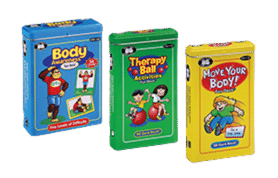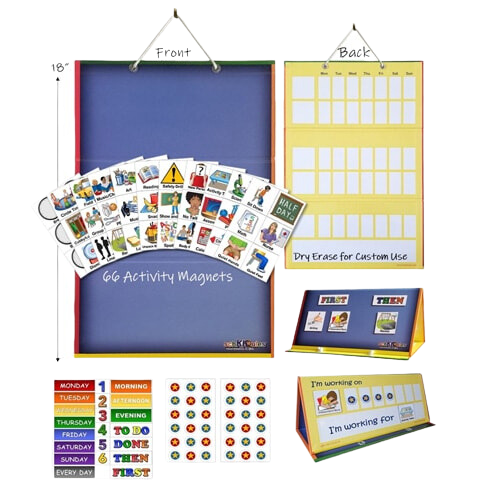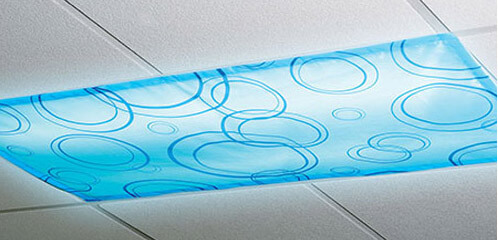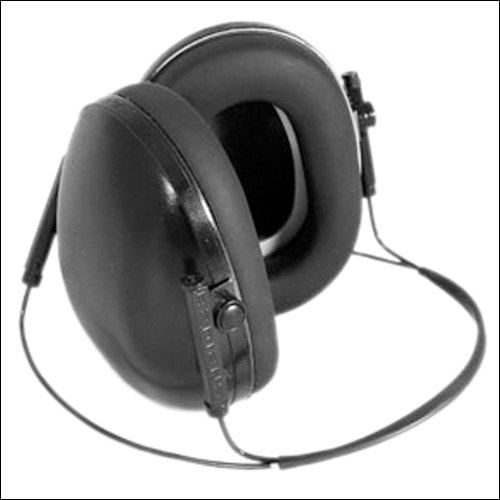by Laurie Gombash PT, M.Ed
Are you looking for activities that are portable, fun and that can help your kiddos improve their skills? In this post, pediatric physical therapist, Laurie Gombash PT, M.Ed. shares her three therapy bag “must haves”!
Body Awareness Fun Deck
The Body Awareness Fun Deck contains 56 cards that feature OTis the OT gorilla in different poses. These cards work on body scheme, spatial awareness, and visual perceptual skills. There are 5 levels of difficulty. Laurie’s Pro Tip: Use these cards at the beginning of the school year to get an idea of how students are doing since the last time they were seen!
Upper Body and Core Strength Fun Deck
The Upper Body and Core Strength Fun Deck contains 52, double sided cards. The fronts have pictures of different upper body activities and the backs have a description of the activity.

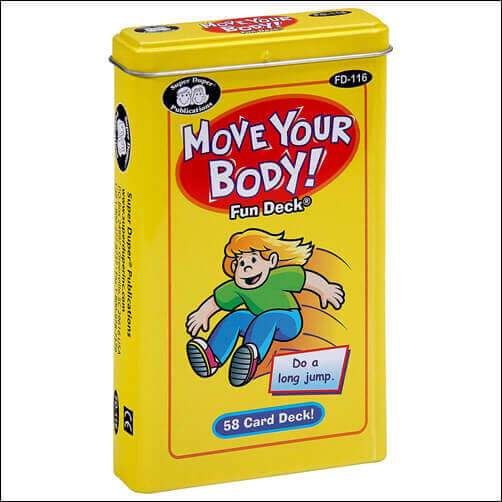
Move Your Body Fun Deck
The Move Your Body Fun Deck contains 58 cards featuring a variety of movement activities. These cards help improve children’s strength, their balance, their coordination, and their motor planning.
The Fun Deck cards are a great option when doing push-in services. Check out these activity ideas.
Pick, Demonstrate, & Imitate
- The therapist or teacher fans out a set of cards from the desired Fun Deck.
- Students take turns choosing a card and then placing themselves in the position depicted on the card.
- All of the other students imitate the student.
Choice Boards
- Secure a desired number of Fun Deck cards to a board (for example cardboard or a portable whiteboard).
- Children take turns pointing to the card to make a choice.
- The child who made the choice is the leader, leading other students in the movement activity.
Pro Tip: Pointing to make a choice is a great time to work on finger isolation!
The Fun Deck cards are therapy bag must-haves! They come in a small, sturdy tin, making them very portable. They are great for push-in therapy sessions and can be used with children of all abilities. In addition, Fun Deck cards can be used across a variety of disciplines, including occupational and physical therapists! How will you use Fun Deck cards in your therapy practice?

